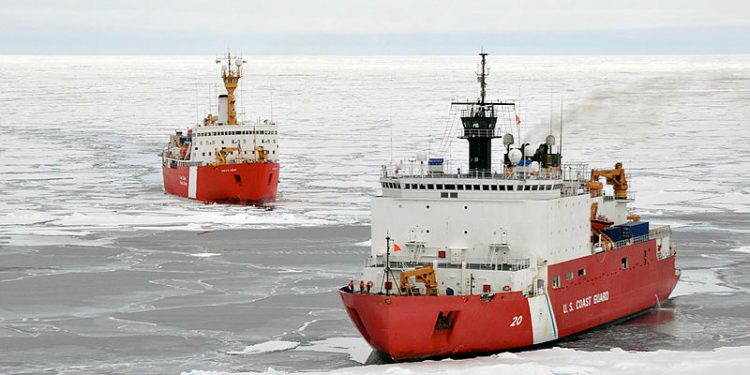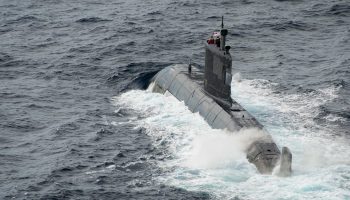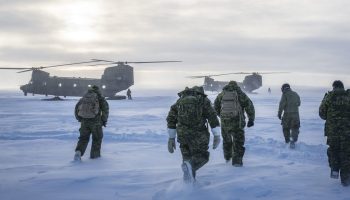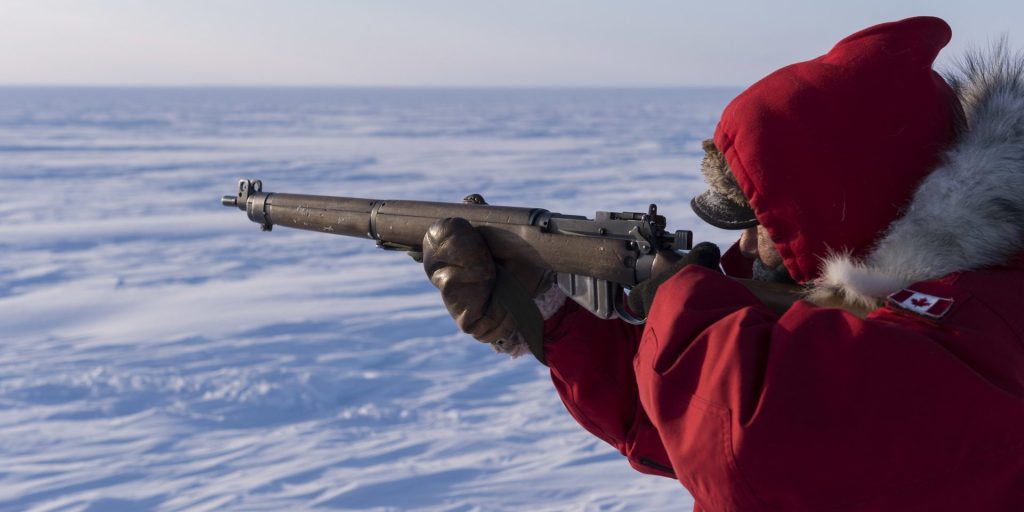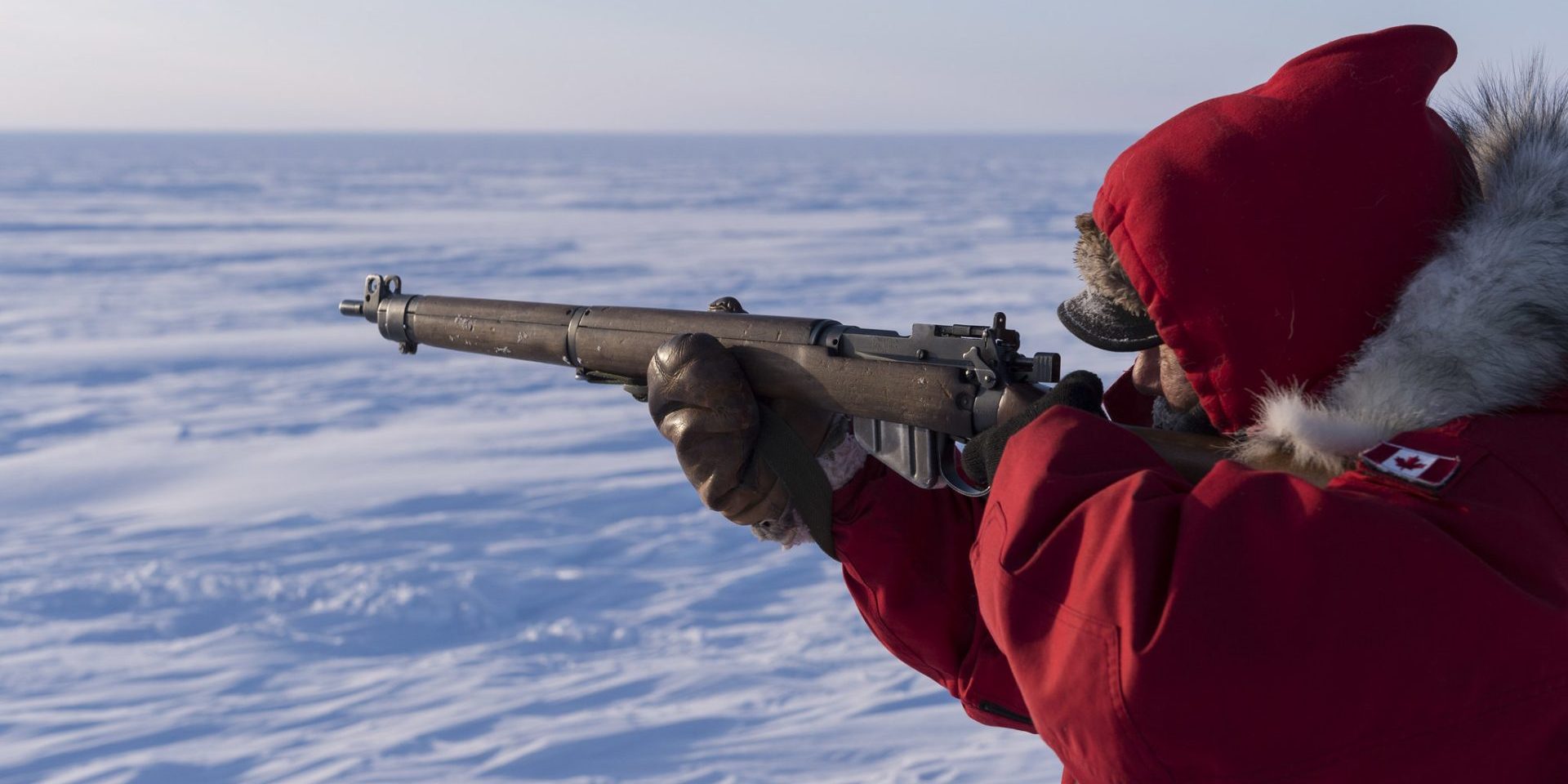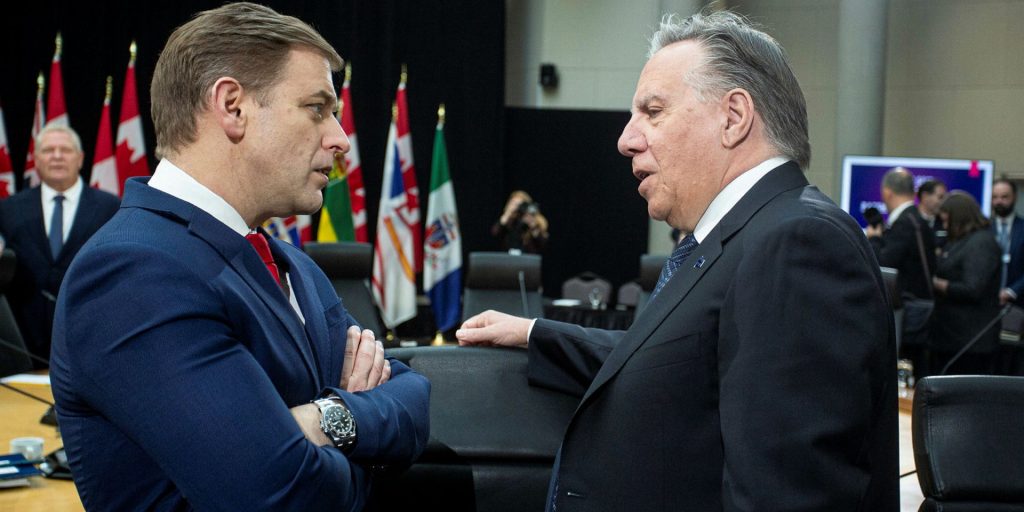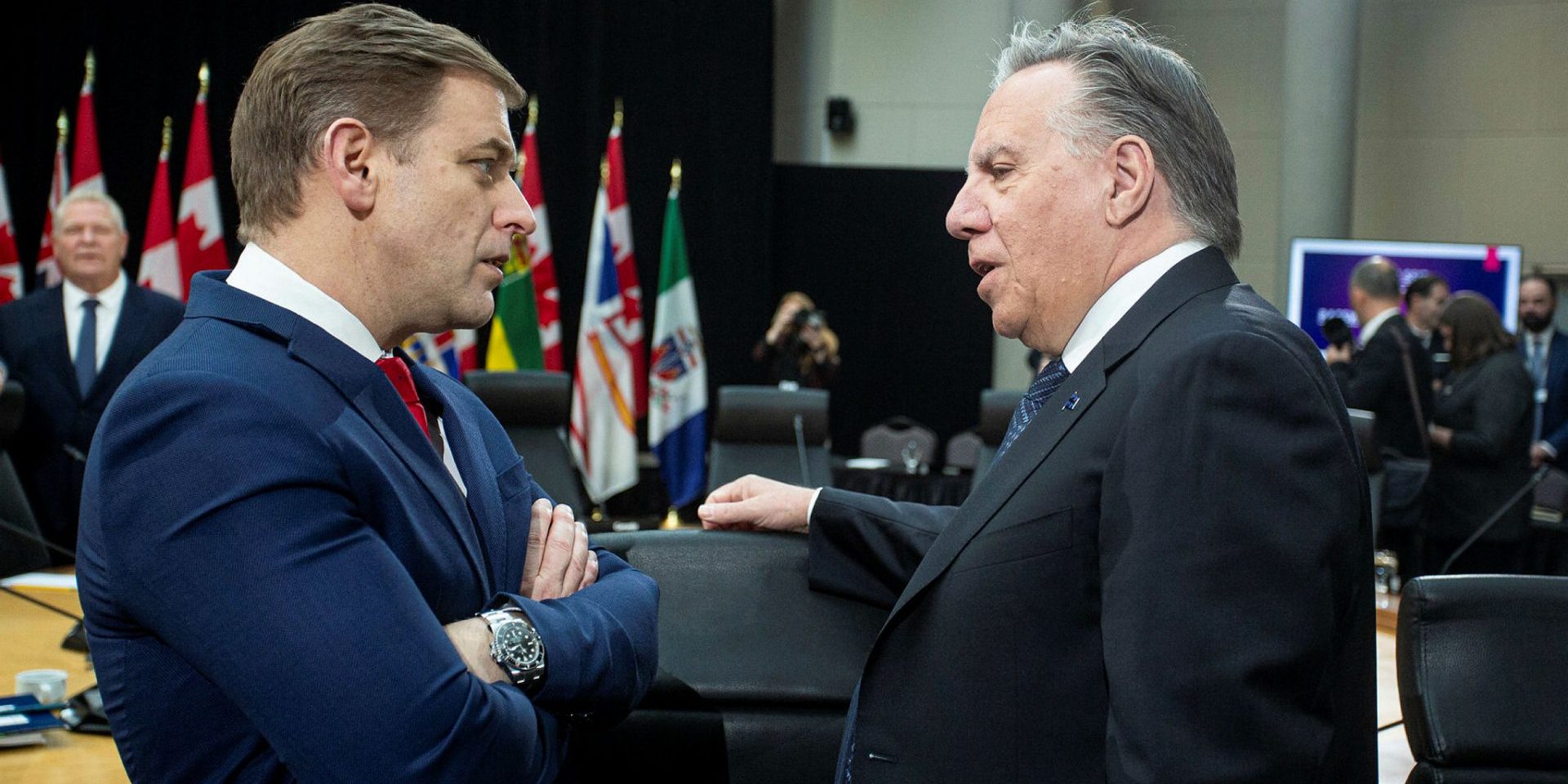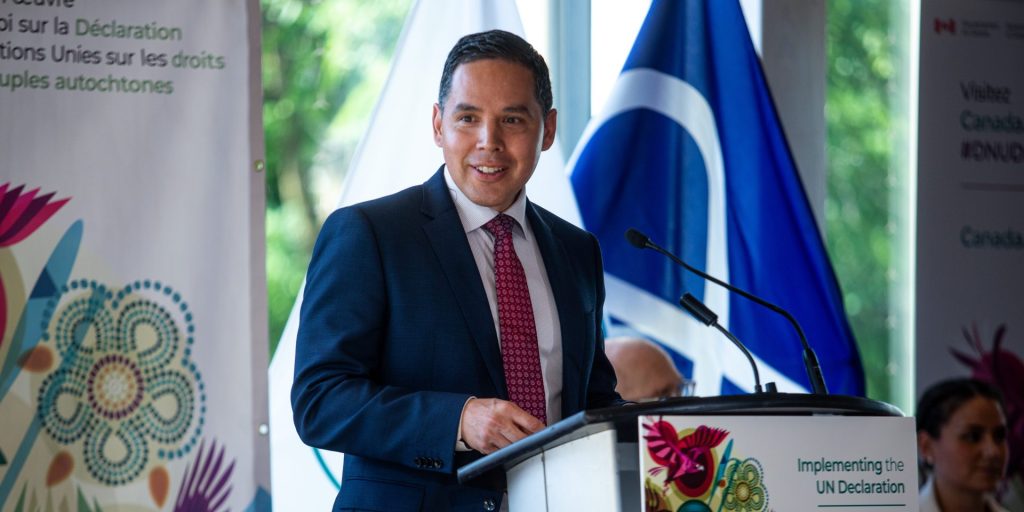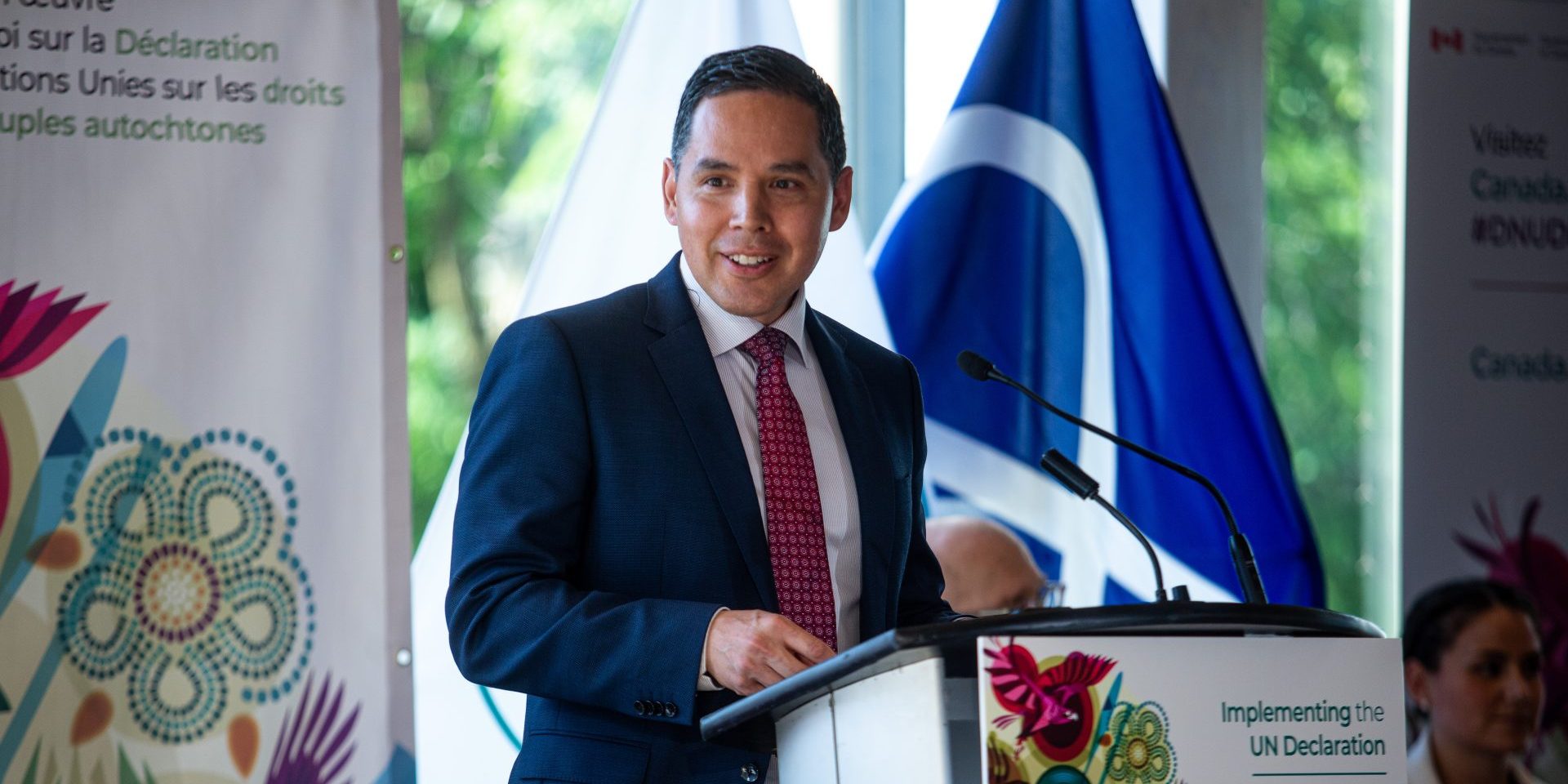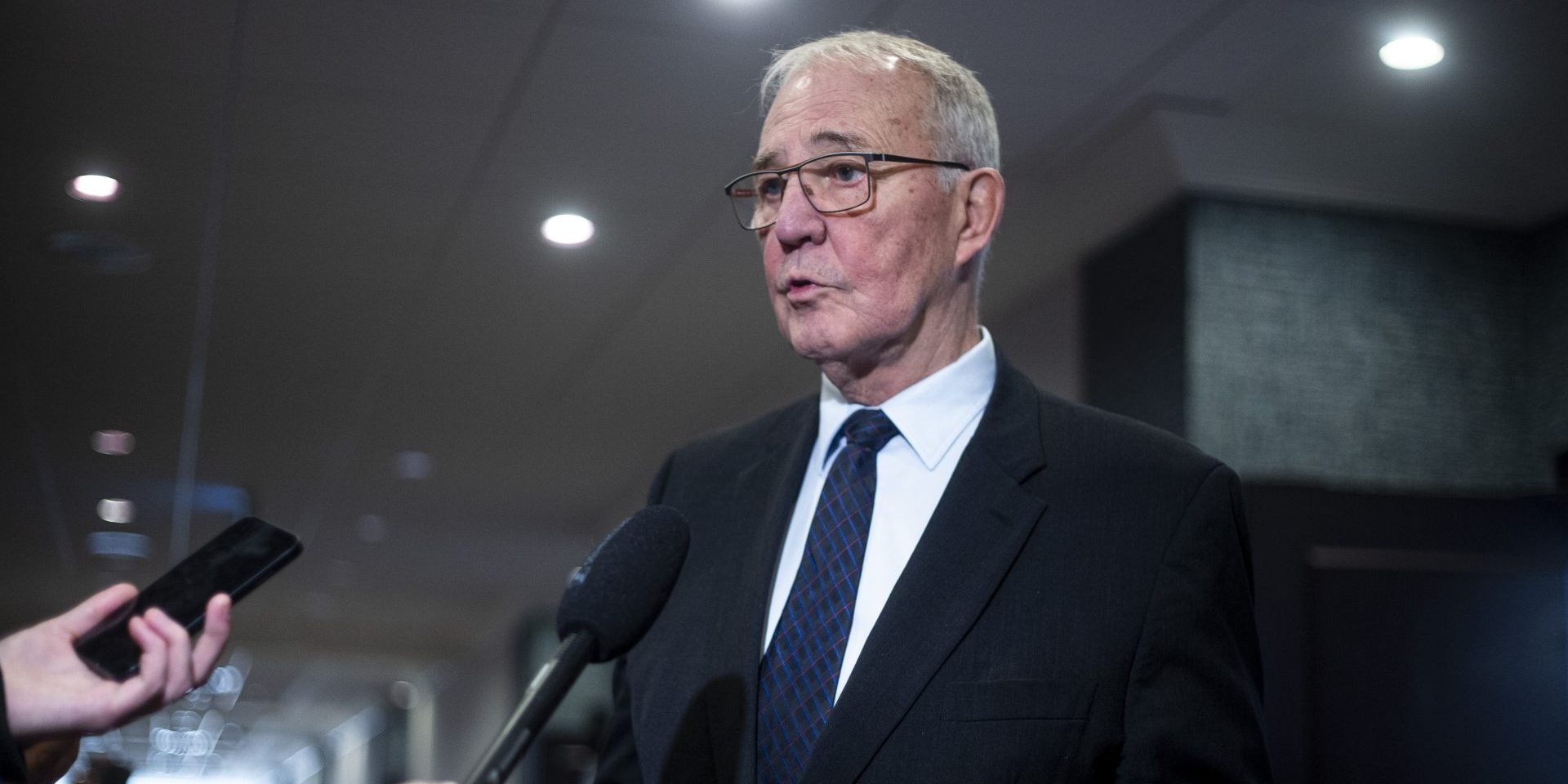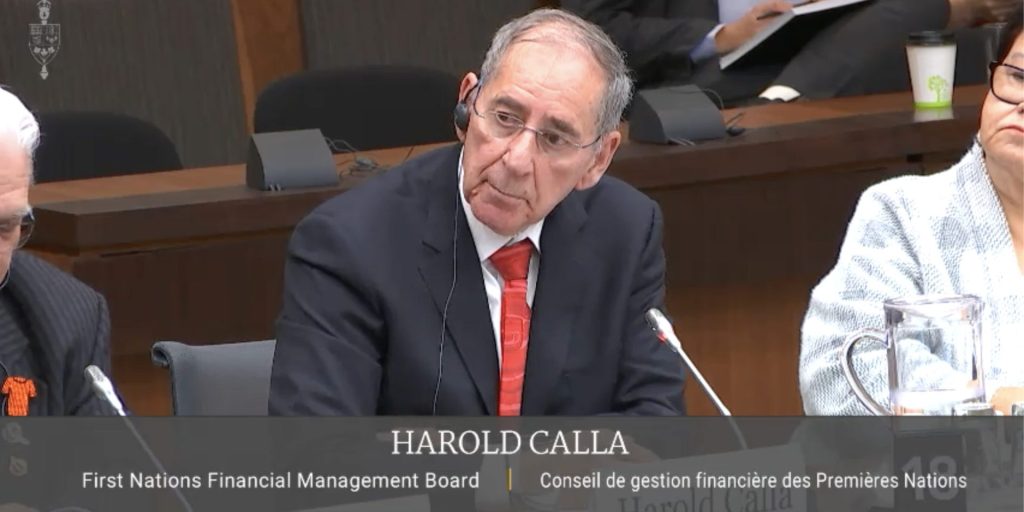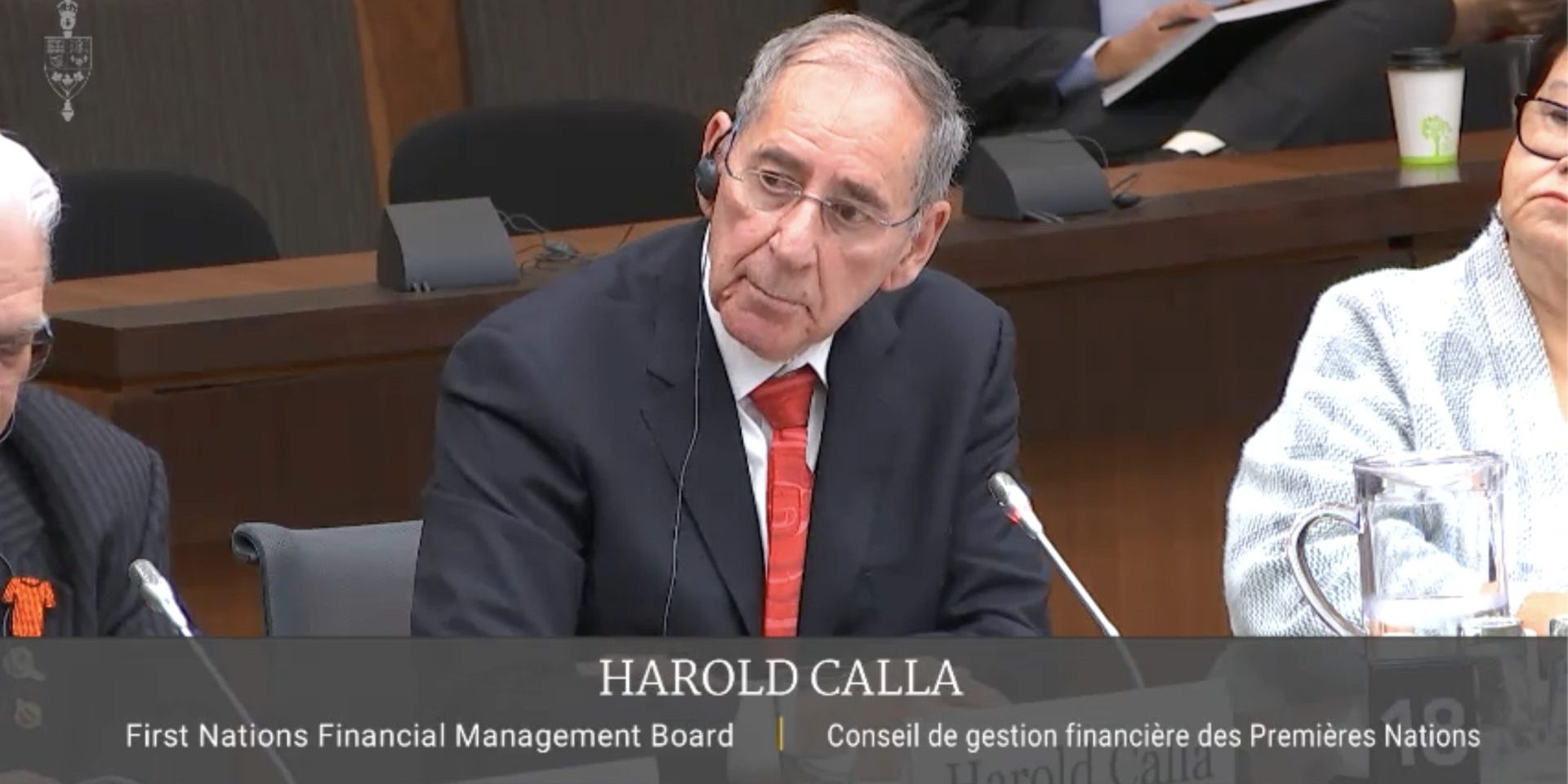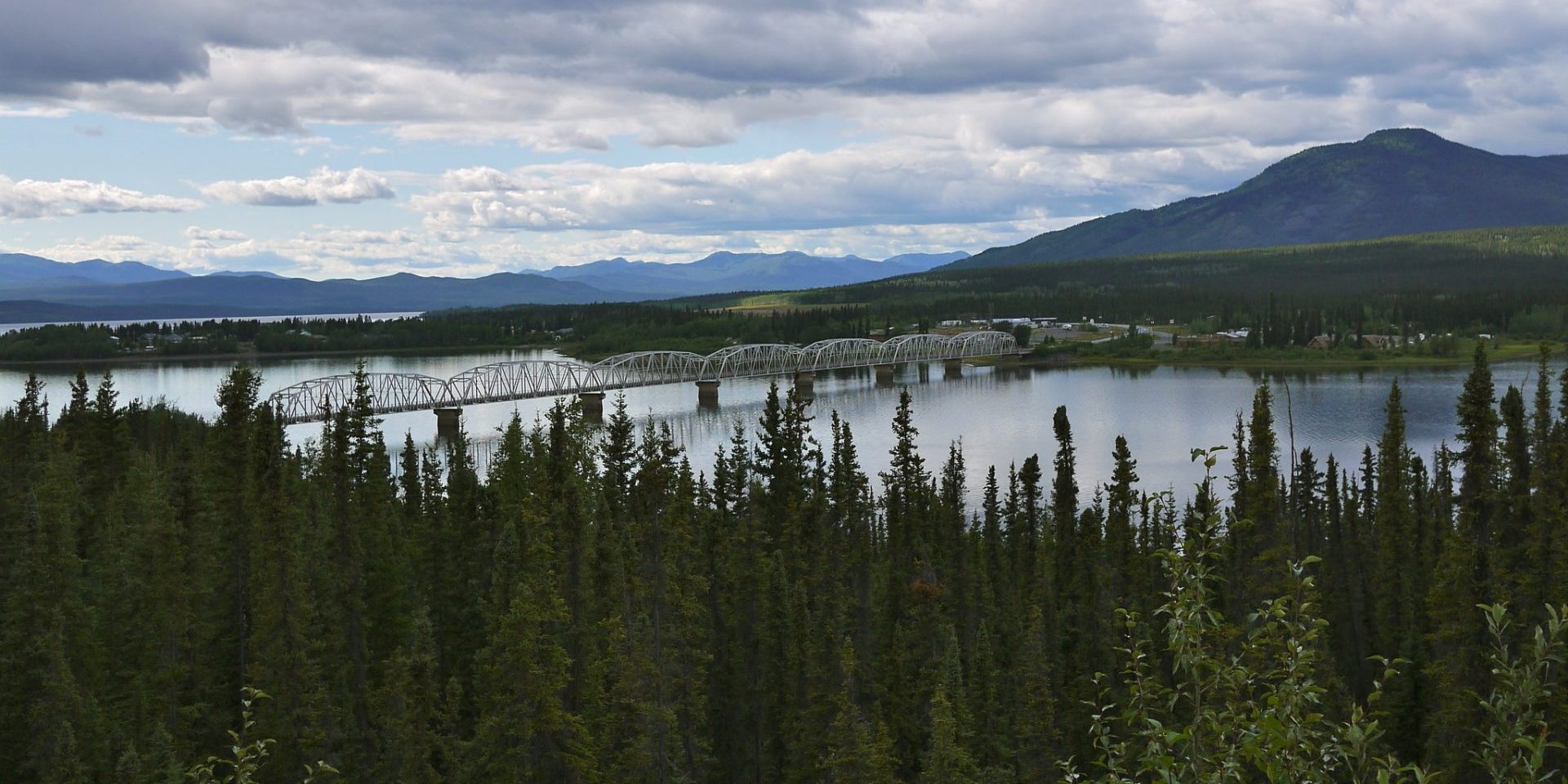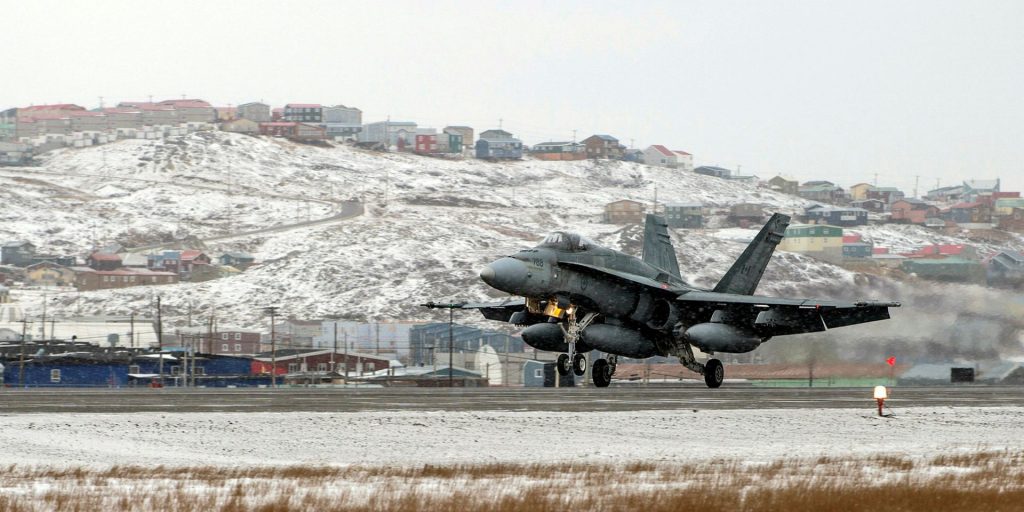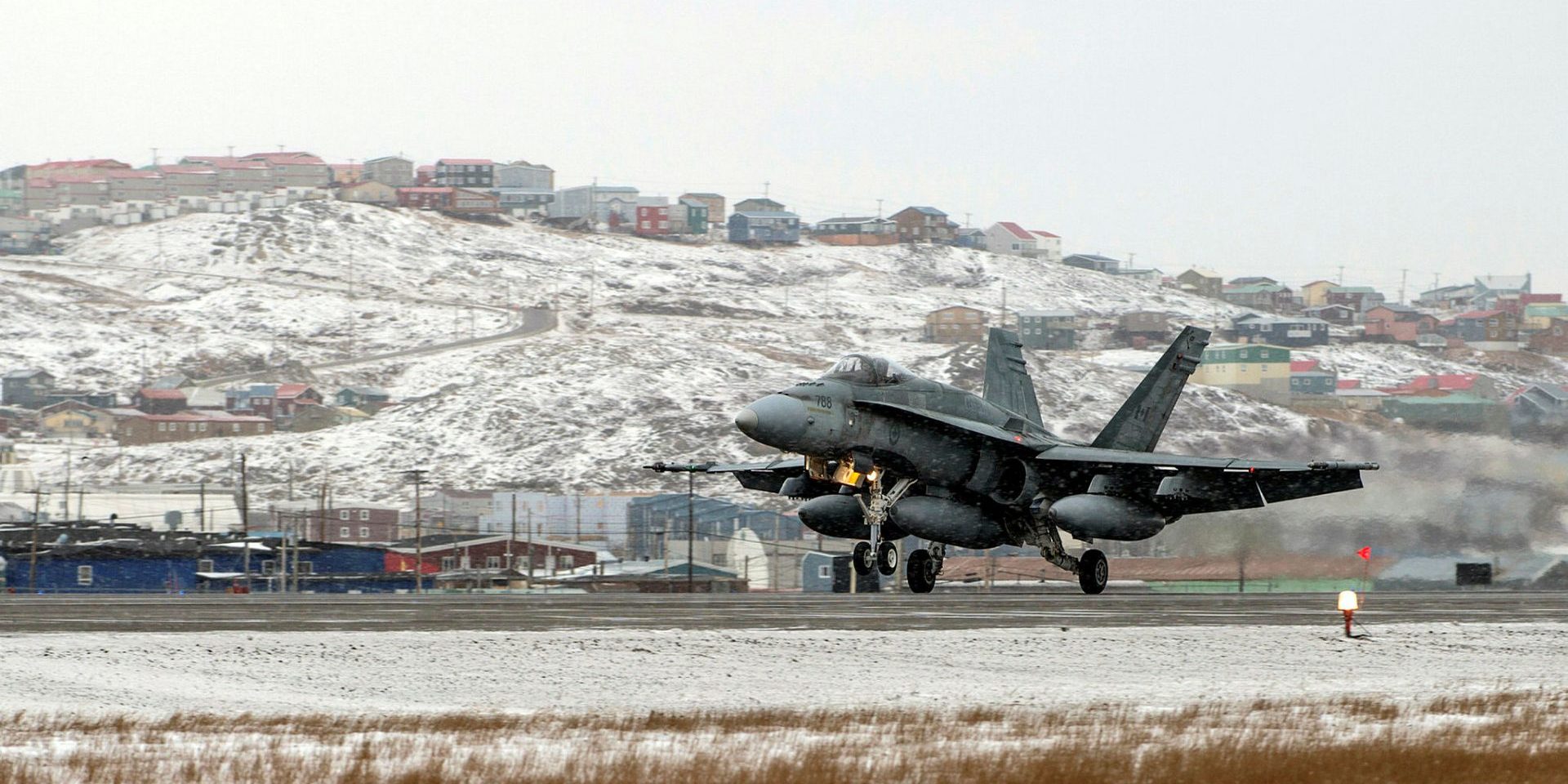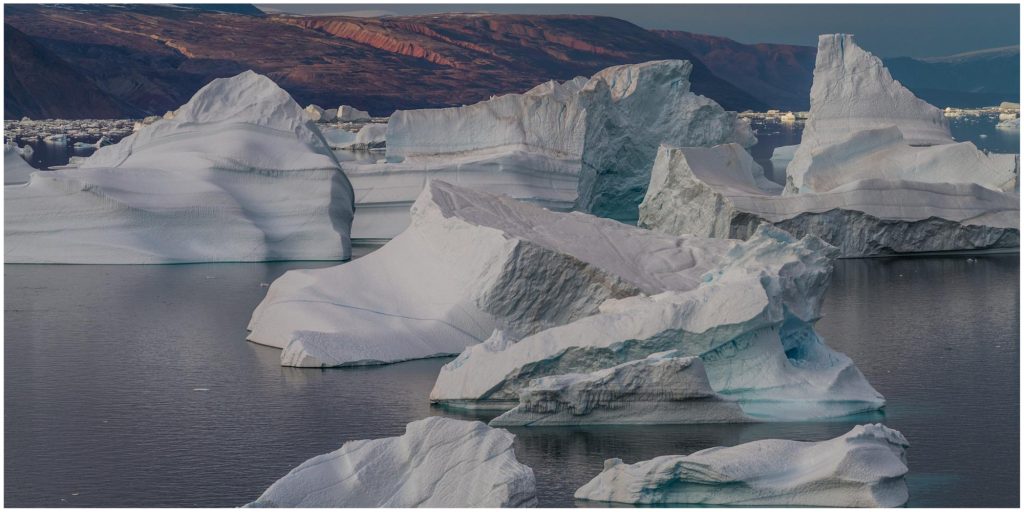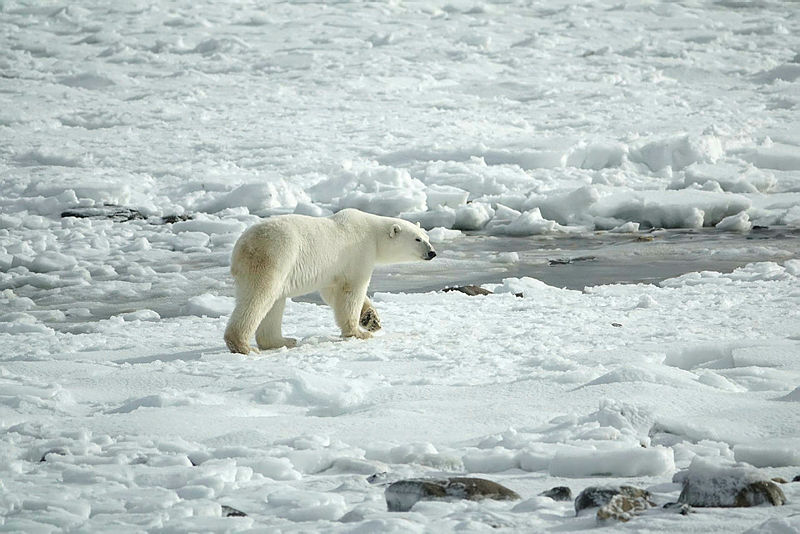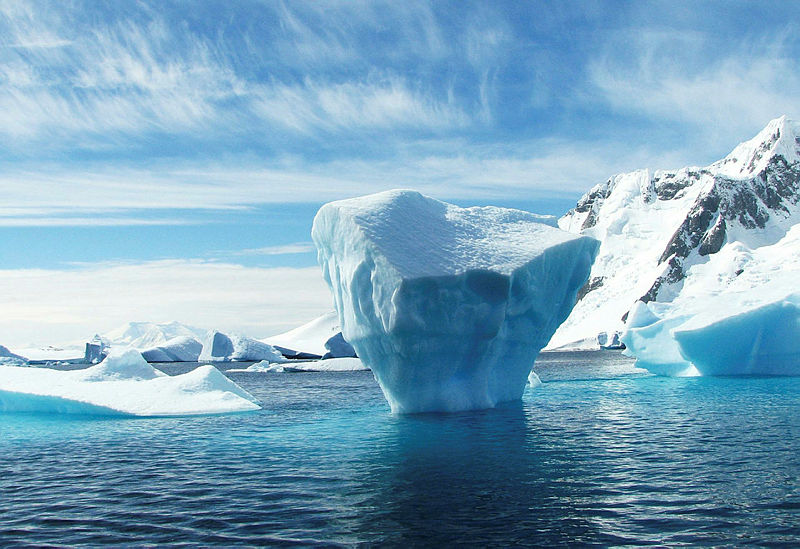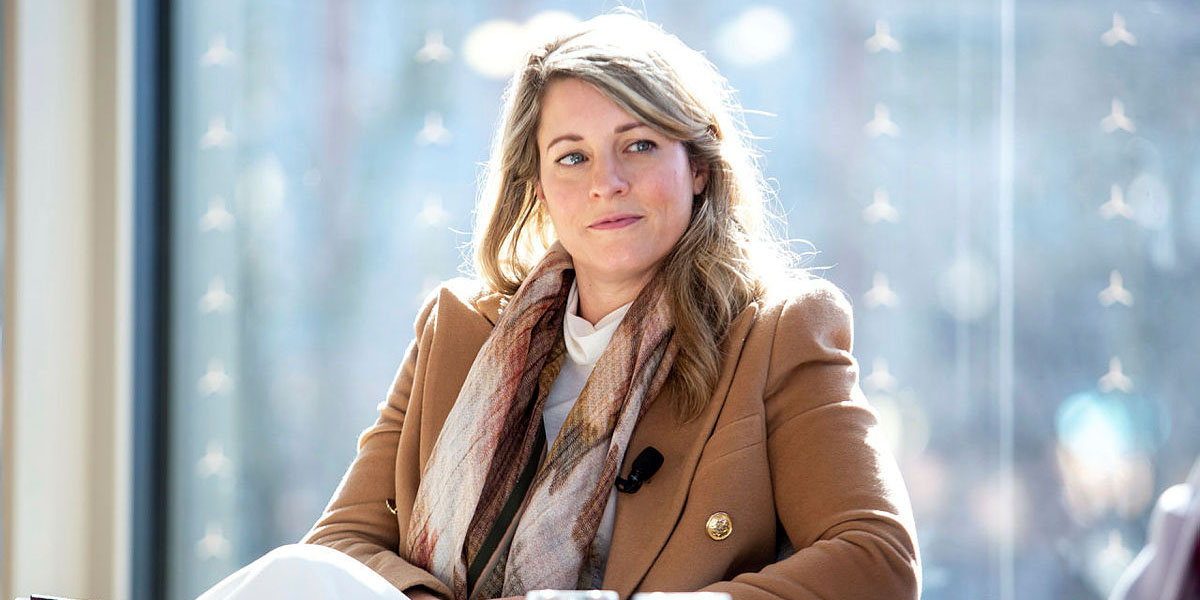The North
- We can no longer think of borders alone as firewalls to keep threats out.
- We can no longer think of borders alone as firewalls to keep threats out.
Become a Political Insider
Sign up for Today's Headlines newsletter now
By entering your email address you consent to receive email from The Hill Times containing news, analysis, updates and offers. You may unsubscribe at any time. See our privacy policy
- Canada has the ability to rapidly deploy military personnel to Iqaluit, so what could possibly be gained through having troops stationed there permanently?
- Canada has the ability to rapidly deploy military personnel to Iqaluit, so what could possibly be gained through having troops stationed there permanently?
- Canada has the ability to rapidly deploy military personnel to Iqaluit, so what could possibly be gained through having troops stationed there permanently?
- Newfoundland and Labrador Premier Andrew Furey says Donald Trump’s '51st state' pitch for Canada as 'incredibly insulting' and an 'assault on our democratic institutions
- Newfoundland and Labrador Premier Andrew Furey says Donald Trump’s '51st state' pitch for Canada as 'incredibly insulting' and an 'assault on our democratic institutions
- Newfoundland and Labrador Premier Andrew Furey says Donald Trump’s '51st state' pitch for Canada as 'incredibly insulting' and an 'assault on our democratic institutions
- Supporting a transformed system will advance reconciliation and place education—once the instrument of assimilation—at the centre of Indigenous-led efforts to revitalize language and culture.
- Supporting a transformed system will advance reconciliation and place education—once the instrument of assimilation—at the centre of Indigenous-led efforts to revitalize language and culture.
- Supporting a transformed system will advance reconciliation and place education—once the instrument of assimilation—at the centre of Indigenous-led efforts to revitalize language and culture.
- A single attack on Canada’s cable infrastructure could disrupt global financial markets, sever communication with allies, and compromise military operations.
- A single attack on Canada’s cable infrastructure could disrupt global financial markets, sever communication with allies, and compromise military operations.
- A single attack on Canada’s cable infrastructure could disrupt global financial markets, sever communication with allies, and compromise military operations.
- An overrelliance will lead to logistical constraints that will significantly diminish the Navy’s combat power and combat-readiness.
- An overrelliance will lead to logistical constraints that will significantly diminish the Navy’s combat power and combat-readiness.
- An overrelliance will lead to logistical constraints that will significantly diminish the Navy’s combat power and combat-readiness.
- What the North needs is support to build essential infrastructure so it can achieve a greater degree of financial autonomy and create more economic
- What the North needs is support to build essential infrastructure so it can achieve a greater degree of financial autonomy and create more economic
- What the North needs is support to build essential infrastructure so it can achieve a greater degree of financial autonomy and create more economic
- Canada must continue to invest and lead by showing the world not just what science is important in the Arctic, but also how science
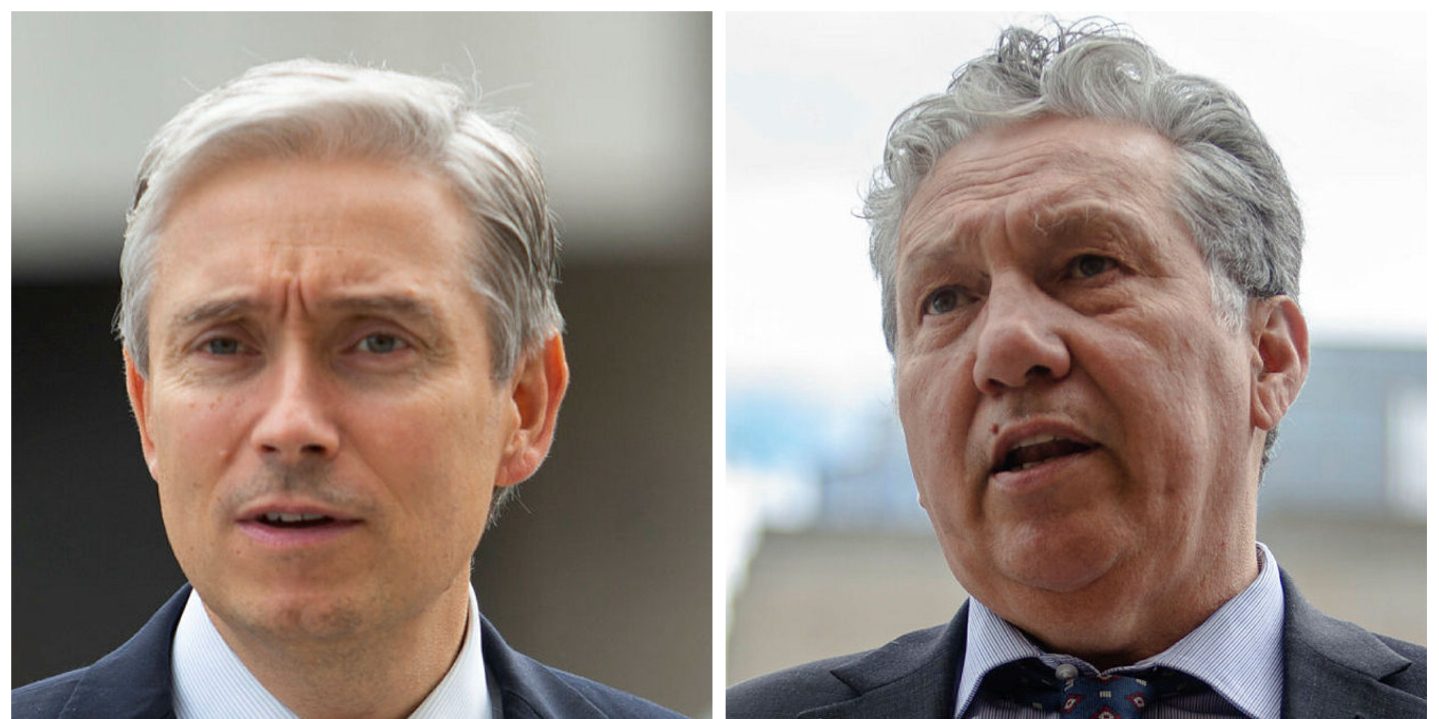
- Canada must continue to invest and lead by showing the world not just what science is important in the Arctic, but also how science
- Canada must continue to invest and lead by showing the world not just what science is important in the Arctic, but also how science
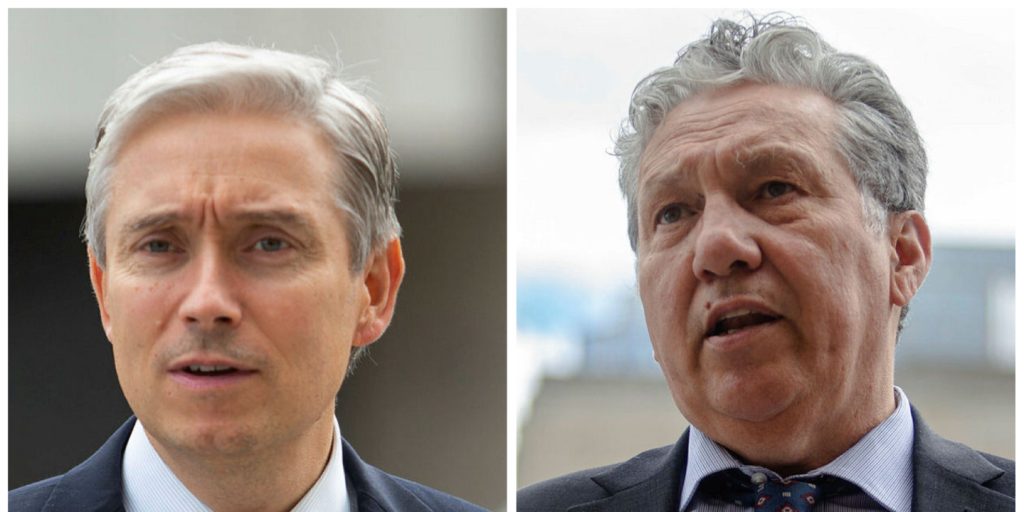
- To lead the way towards true climate action, we need to bring ourselves back into a good relationship with the places where we live
- To lead the way towards true climate action, we need to bring ourselves back into a good relationship with the places where we live
- To lead the way towards true climate action, we need to bring ourselves back into a good relationship with the places where we live
- Canada now has an unprecedented opportunity to modernize urgently needed defence infrastructure in the Arctic—but many observers are already saying that more investments will
- Canada now has an unprecedented opportunity to modernize urgently needed defence infrastructure in the Arctic—but many observers are already saying that more investments will
- Canada now has an unprecedented opportunity to modernize urgently needed defence infrastructure in the Arctic—but many observers are already saying that more investments will
- The Women’s Executive Network announced that Compass Rose Group founder and principal Jacquie LaRocque has been named one of Canada’s top 100 most powerful
- The Women’s Executive Network announced that Compass Rose Group founder and principal Jacquie LaRocque has been named one of Canada’s top 100 most powerful
- The Women’s Executive Network announced that Compass Rose Group founder and principal Jacquie LaRocque has been named one of Canada’s top 100 most powerful
- With an increased spotlight on Arctic security and defence after Russia’s invasion of Ukraine, a Senate committee is looking to the North to assess
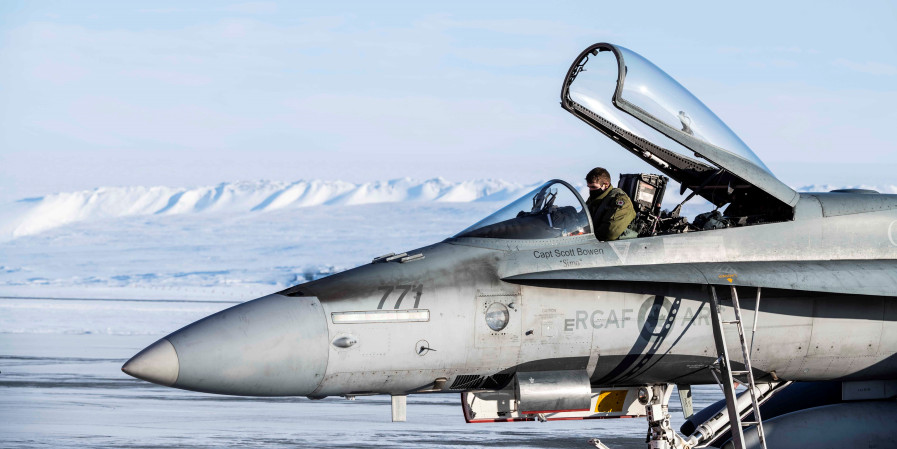
- With an increased spotlight on Arctic security and defence after Russia’s invasion of Ukraine, a Senate committee is looking to the North to assess
- With an increased spotlight on Arctic security and defence after Russia’s invasion of Ukraine, a Senate committee is looking to the North to assess

- LONDON, U.K.—I’m writing this on a plane to Greenland—well, actually, on a plane to Denmark, because there’s no way to get to Greenland by
- LONDON, U.K.—I’m writing this on a plane to Greenland—well, actually, on a plane to Denmark, because there’s no way to get to Greenland by
- LONDON, U.K.—I’m writing this on a plane to Greenland—well, actually, on a plane to Denmark, because there’s no way to get to Greenland by
- OTTAWA—Jens Stoltenberg’s recent visit to Canada’s North was unprecedented. From Aug. 25-27, NATO’s top bureaucrat was fêted by Prime Minister Justin Trudeau in the
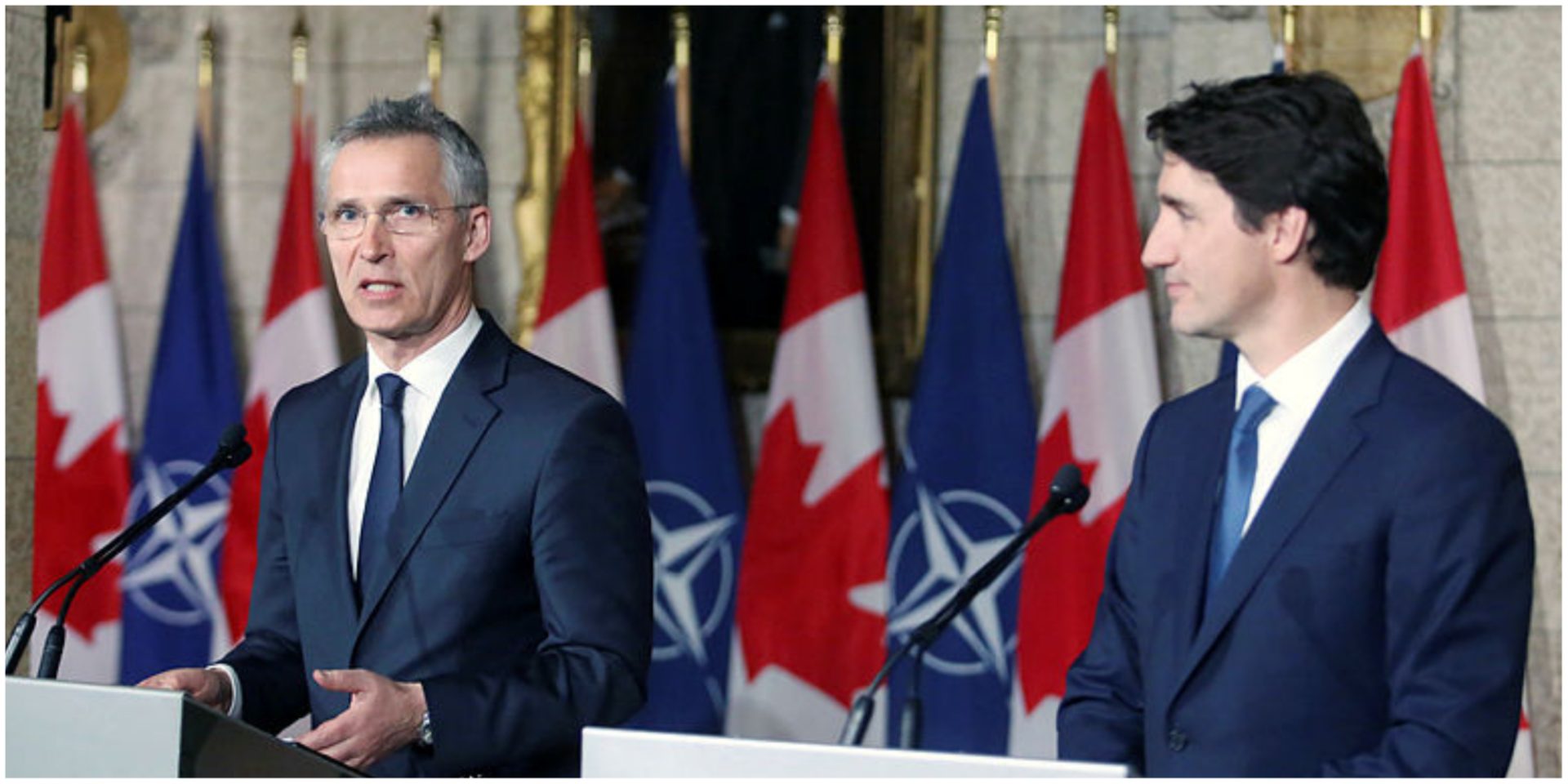
- OTTAWA—Jens Stoltenberg’s recent visit to Canada’s North was unprecedented. From Aug. 25-27, NATO’s top bureaucrat was fêted by Prime Minister Justin Trudeau in the
- OTTAWA—Jens Stoltenberg’s recent visit to Canada’s North was unprecedented. From Aug. 25-27, NATO’s top bureaucrat was fêted by Prime Minister Justin Trudeau in the
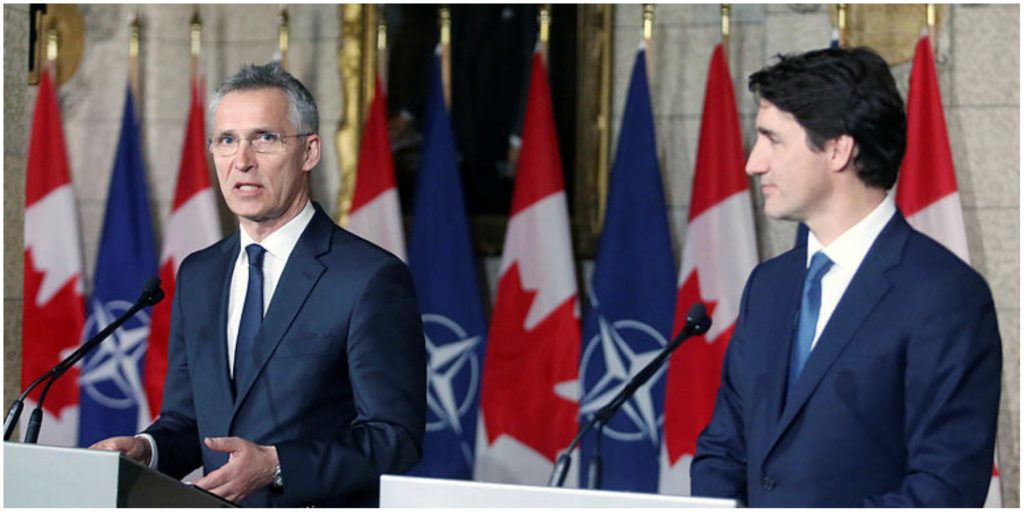
- CHURCHILL, MAN.—Hudson Bay, second in size only to the Bay of Bengal, brings the Arctic deep into Canada. I live in Churchill, a tiny
- CHURCHILL, MAN.—Hudson Bay, second in size only to the Bay of Bengal, brings the Arctic deep into Canada. I live in Churchill, a tiny
- CHURCHILL, MAN.—Hudson Bay, second in size only to the Bay of Bengal, brings the Arctic deep into Canada. I live in Churchill, a tiny
- Imagine that the Canadian beef herd declined by 75 per cent because of some unknown disease, and then the same happened to the pork
- Imagine that the Canadian beef herd declined by 75 per cent because of some unknown disease, and then the same happened to the pork
- Imagine that the Canadian beef herd declined by 75 per cent because of some unknown disease, and then the same happened to the pork
- Foreign Affairs Minister Mélanie Joly repeated again on Monday that Canada will push for the quick accession of Sweden and Finland to join NATO
- Foreign Affairs Minister Mélanie Joly repeated again on Monday that Canada will push for the quick accession of Sweden and Finland to join NATO
- Foreign Affairs Minister Mélanie Joly repeated again on Monday that Canada will push for the quick accession of Sweden and Finland to join NATO
- Given the context of this year’s federal budget—surging energy prices, post-COVID economic stabilization, and a war in Europe—the Government of Canada was understandably more
- Given the context of this year’s federal budget—surging energy prices, post-COVID economic stabilization, and a war in Europe—the Government of Canada was understandably more
- Given the context of this year’s federal budget—surging energy prices, post-COVID economic stabilization, and a war in Europe—the Government of Canada was understandably more

